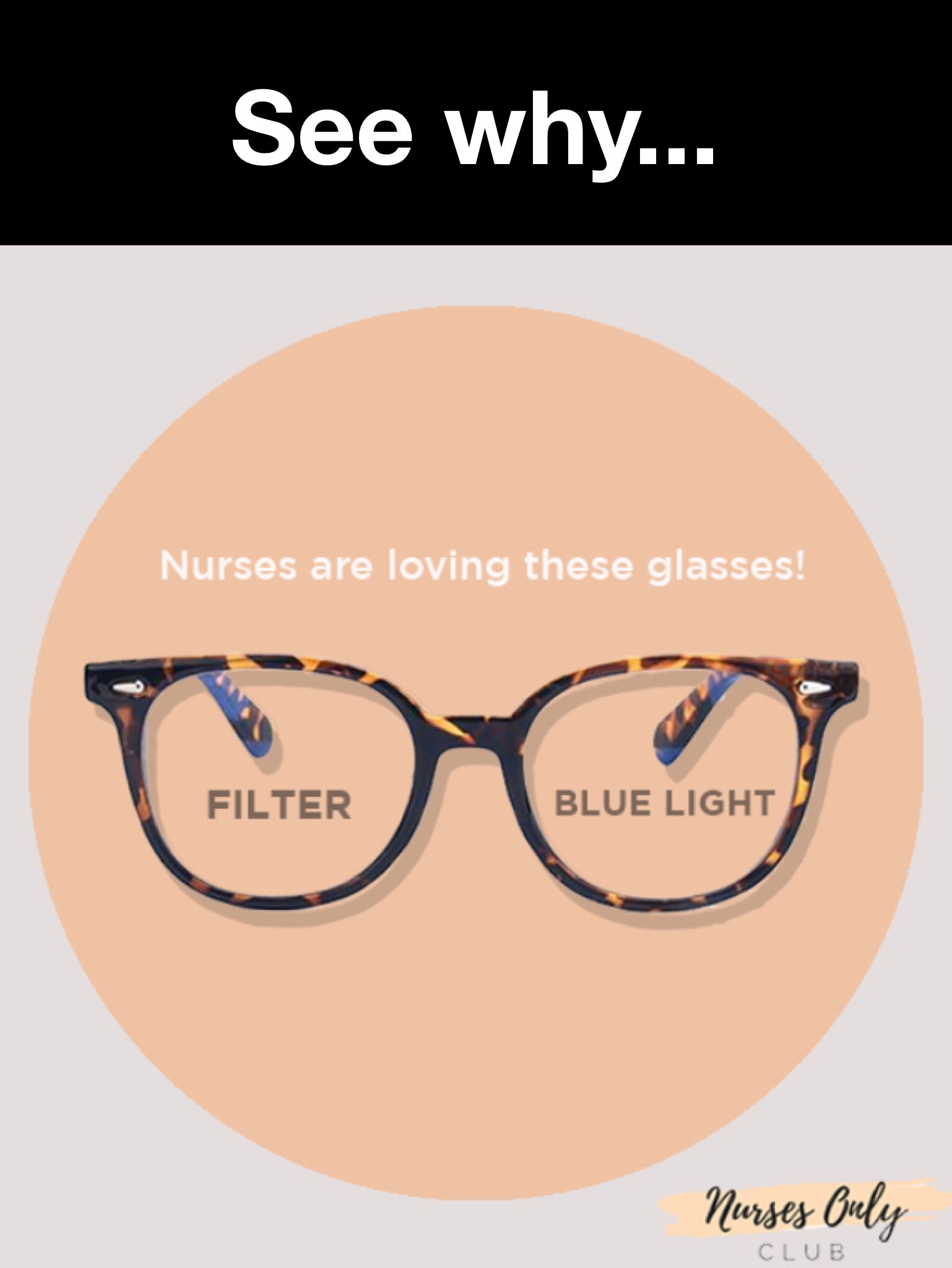Night shift work, prevalent across various sectors, including healthcare, manufacturing, and emergency services, undeniably imposes a unique set of challenges on the human body, particularly concerning ocular health. Among these challenges, eye strain emerges as a significant issue for nocturnal workers. Defined broadly as discomfort or fatigue associated with prolonged visual activity, eye strain can manifest in a plethora of symptoms, such as dryness, irritation, blurred vision, and even headaches. Given the specific demands of working overnight, the urgency for effective eye strain relief strategies becomes paramount. This article delves into the intricacies of eye strain relief for night shift workers, offering a comprehensive guide enriched with practical techniques and research-backed recommendations.
Understanding Eye Strain and Its Implications
Eye strain, medically referred to as asthenopia, arises primarily from sustained visual engagement—particularly in conditions where lighting is inadequate or excessively harsh. For night shift workers, the interplay between artificial lighting and the demands of their tasks exacerbates the risk of developing this condition. The visual strain imposed by computer screens, fluorescent lights, and high-definition displays can disrupt the natural blink rate, leading to ocular fatigue.
The primary culprits of eye strain among night shift employees include:
- Poor ergonomics at workstations, leading to improper posture and visual alignment.
- Inconsistent lighting conditions that can cause glare and harsh contrasts.
- Extended periods of screen time without adequate breaks or visual rest.
- Insufficient hydration, which contributes to dryness and discomfort.
Recognizing these factors lays the groundwork for implementing effective relief strategies.
Creating an Optimal Work Environment
Establishing a conducive work environment is critical for mitigating eye strain. Night shift workers should consider a multifaceted approach to optimize their surroundings:
Adjusting Lighting Conditions: Invest in adjustable light sources that provide adequate illumination without causing glare. Warmer lighting, particularly LED bulbs with a softer hue, can reduce the harshness associated with traditional fluorescent lighting. Additionally, utilizing task lights, such as desk lamps, can minimize eye strain by illuminating the workspace appropriately while allowing for a dimmer ambient light.
Committed Ergonomics: The configuration of workstations significantly influences ocular comfort. Ensure that monitors are positioned at eye level, approximately an arm’s length away. This positioning reduces the need for eye strain caused by excessive focusing and promotes a more natural line of sight.
Incorporating Color Temperature: Altering the color temperature of lighting can also alleviate discomfort. Cool white light can be stimulating; thus, consider integrating warmer tones to create a more soothing atmosphere conducive to nighttime work.
Utilizing Anti-Reflective Screens: Protecting the eyes from additional glare can be accomplished through the use of anti-reflective screen filters. These filters minimize reflections from ambient light sources and enhance visual clarity, thereby contributing to strain relief.
The 20-20-20 Rule: A Practical Approach
The 20-20-20 rule is a simple yet effective strategy aimed at reducing eye strain among night shift workers. This technique encourages individuals to take regular breaks to refocus their vision and alleviate discomfort:
For every 20 minutes spent engaging in close-up work, it is advisable to look away at an object approximately 20 feet away for at least 20 seconds. This practice allows the eye muscles to relax, promotes hydration of the ocular surface through a natural blinking mechanism, and facilitates a shift in visual focus.
Practicing Proper Hydration and Nutrition
Understanding the crucial role that hydration plays in maintaining ocular health is vital. Dehydration can exacerbate feelings of dryness and strain, making it imperative for night shift workers to consume adequate fluids throughout their shifts. Here are key considerations for maintaining optimal hydration:
Drink Water Regularly: Establishing a routine for water consumption can help mitigate the risk of eye strain. Consider keeping a water bottle accessible at your workstation to encourage regular intake. The general guideline is to consume at least 8-10 cups of water daily, but individual needs may vary based on activity levels and environmental factors.
Consume Eye-Healthy Foods: Nutrition significantly impacts eye health. Incorporate foods rich in omega-3 fatty acids, antioxidants, and vitamins A and C into your diet. Leafy greens, nuts, seeds, and colorful fruits and vegetables contribute to the overall health of the visual system while helping combat eye fatigue.
Restoring Ocular Comfort Through Eye Exercises
Incorporating specific eye exercises into a daily routine can yield significant benefits for night shift workers experiencing strain. These exercises promote relaxation and flexibility of the ocular muscles, enhancing overall visual comfort:
Focusing Exercises: Alternate between focusing on near objects and distant points to strengthen eye coordination and reduce muscle tension. Gently shifting focus every few minutes can help combat strain.
Palming Technique: Rub your palms together to generate warmth, then place them gently over closed eyes for a brief period. This technique promotes relaxation and softens the glare from screen exposure.
Rolling Eyes: Engage in gentle eye rolls to stimulate fluid circulation around the ocular structures. This movement can foster relaxation and alleviate tension built up during intensive visual tasks.
Consider Professional Intervention: Optometrists and ophthalmologists can provide invaluable support for individuals experiencing persistent eye strain. Regular eye examinations offer opportunities for the early detection of underlying issues, while tailored recommendations regarding lens prescriptions or protective eyewear can enhance overall comfort and prevent exacerbation of symptoms.
Conclusion: Empowering Night Shift Workers
The challenges presented by night shift work extend beyond mere fatigue and can significantly impact ocular health. Eye strain, a common affliction among nocturnal employees, necessitates proactive management strategies. By optimizing the work environment, adhering to the 20-20-20 rule, prioritizing hydration and nutrition, and incorporating eye exercises into daily routines, night shift workers can mitigate the adverse effects of eye strain.
In conclusion, the onus rests not only on employers to create conducive environments but also on employees themselves to adopt holistic approaches to protect their ocular health. The journey towards alleviating eye strain is paved with awareness and actionable strategies, empowering night shift workers to navigate their professional landscapes with clarity and comfort.
